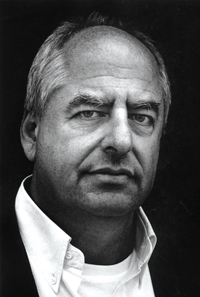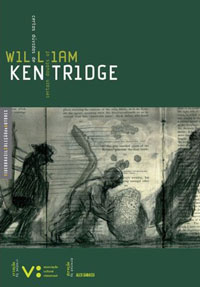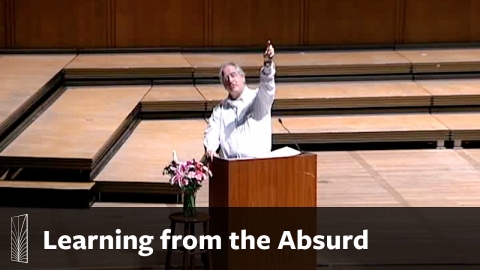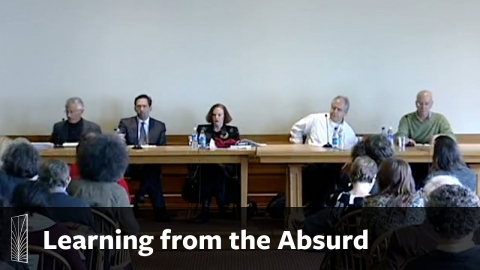
William Kentridge, Artist
With an innovative use of charcoal drawing, prints, collages, stop-animation, film and theater, South African artist William Kentridge’s work continues to attract international recognition. Especially distinctive are his hand-drawn films, which are created using a technique he calls "stone-age filmmaking.” Through a painstaking process of photographing his successive charcoal marks and erasures on a page, Kentridge creates a mysterious and subtle moving picture. In both these “drawings for projection” and his other work, Kentridge explores themes of apartheid, colonialism, social conflict, and both personal and cultural memory. While much of his early art centered on his own homeland, the artist’s newer work expands to address similar themes in different contexts, such as colonialism in Namibia and Ethiopia, or the cultural history of post-revolutionary Russia.
Kentridge has also directed and designed many theater productions and operas, including Mozart’s The Magic Flute for La Monnaie and Shostakovich’s The Nose for the Metropolitan Opera in New York. He has received many honorary degrees and awards, including the Standard Bank Young Artist Award and the Carnegie Medal. His appointment as Avenali Chair in the Humanities coincided with the March 14th, 2009 premier of William Kentridge: Five Themes at the San Francisco Museum of Modern Art.


